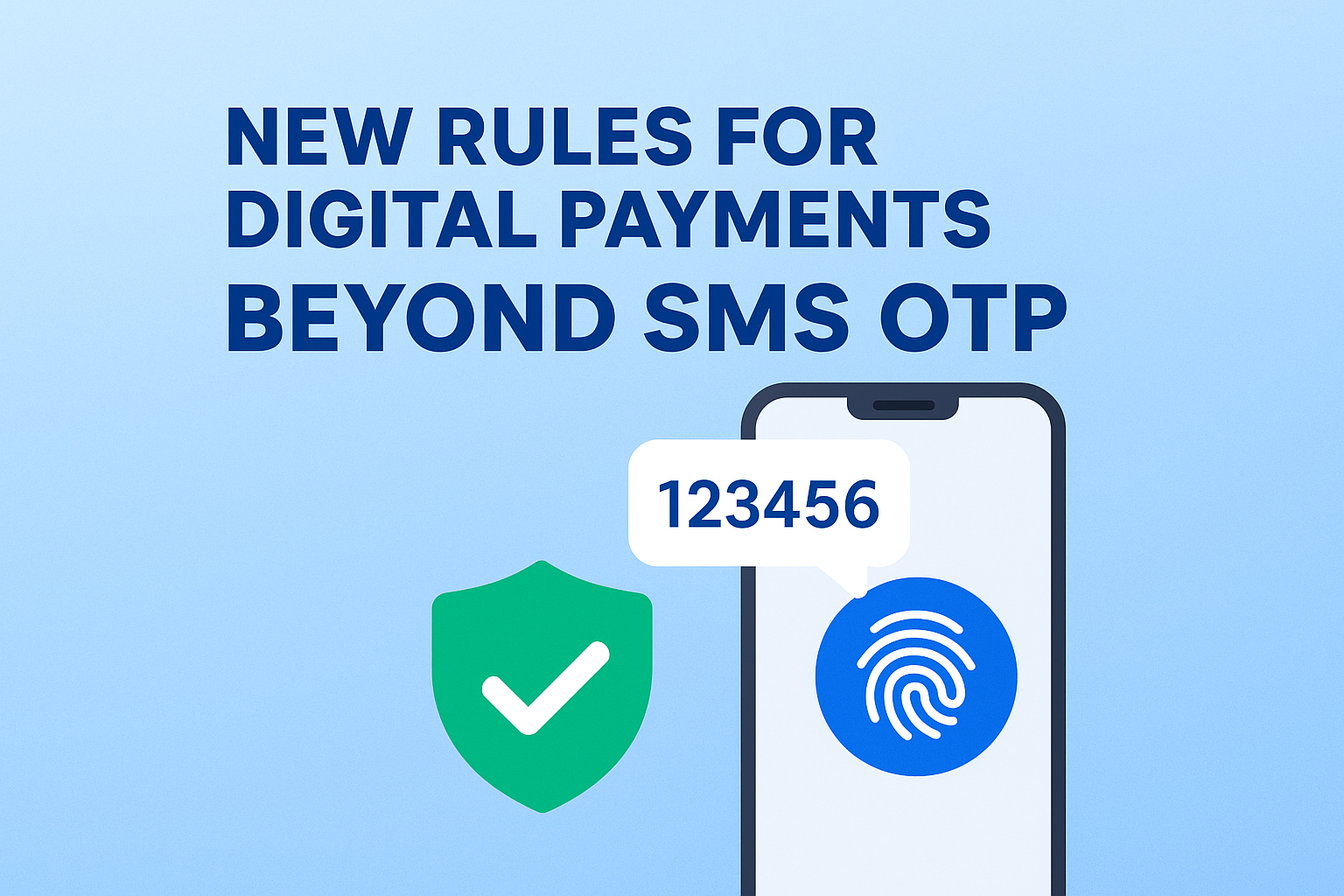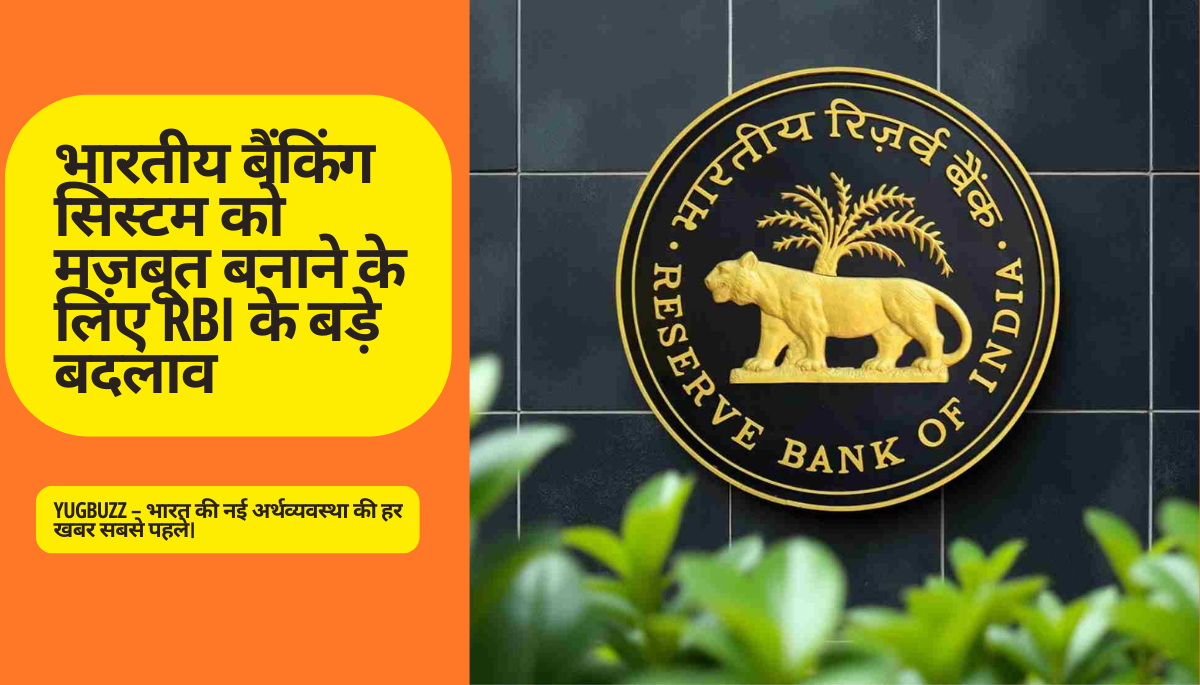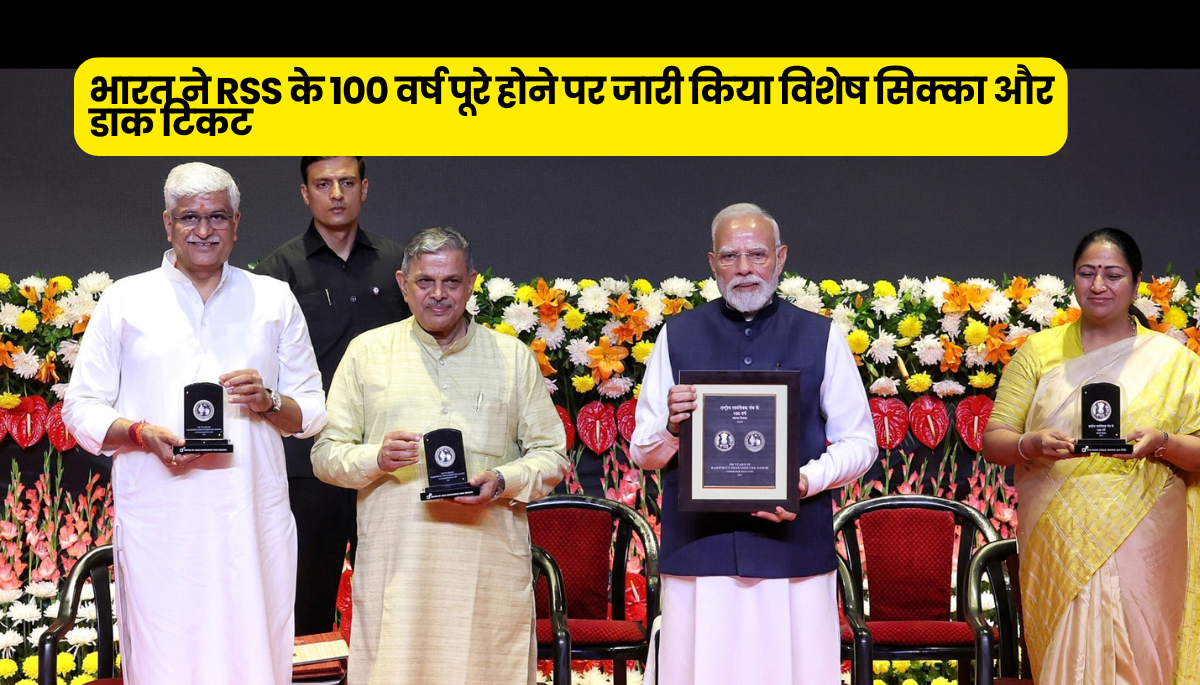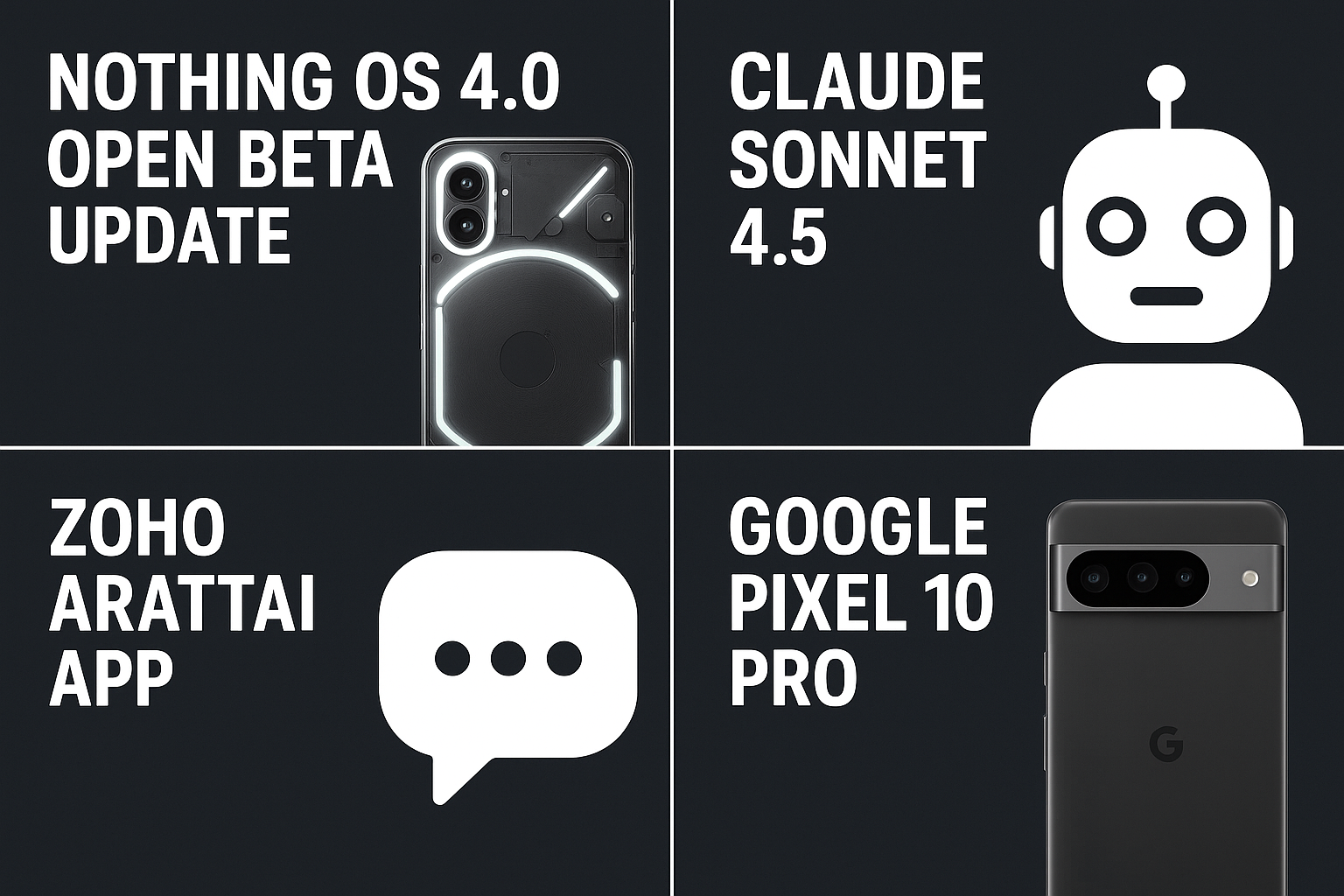Digital Payment Rules in India 2026
Digital Payment Rules in India 2026 – Introduction
डिजिटल पेमेंट्स ने हमारी खरीदारी की आदतों को बदल दिया है। अभी तक हर ऑनलाइन पेमेंट एक SMS OTP (वन टाइम पासवर्ड) से कन्फर्म होता था। लेकिन अब इसमें बदलाव होने जा रहा है। Reserve Bank of India (RBI) ने नए नियम बनाए हैं, जो अप्रैल 2026 से लागू होंगे। इन नियमों के बाद SMS OTP के अलावा और भी तरीकों से आपकी पहचान वेरिफाई होगी। इससे ऑनलाइन पेमेंट्स ज्यादा सुरक्षित और भरोसेमंद बनेंगे।
Digital payments have transformed how we shop. Until now, every online payment has been confirmed with an SMS OTP (One-Time Password). But this is about to change. The Reserve Bank of India (RBI) has introduced new rules that will take effect from April 2026. With these rules, authentication will go beyond just SMS OTPs, making online payments safer and more reliable.
Why Changes to Digital Payment Security Are Happening (क्यों हो रहे हैं डिजिटल पेमेंट सिक्योरिटी में बदलाव?)
कई सालों से OTP ही ऑनलाइन पेमेंट्स का सबसे बड़ा सिक्योरिटी टूल रहा है। लेकिन अब इसमें खतरे बढ़ गए हैं:
- सिम स्वैप फ्रॉड्स: धोखेबाज आपके मोबाइल नंबर को अपने कब्जे में ले लेते हैं और OTP प्राप्त कर लेते हैं।
- फिशिंग और OTP चोरी: फेक वेबसाइट्स और मैसेज से आपकी डिटेल और OTP चुराया जा सकता है।
- OTP डिले: कई बार नेटवर्क की वजह से OTP समय पर नहीं आता।
- डिजिटल फ्रॉड्स का बढ़ना: UPI और ऑनलाइन ट्रांजैक्शन बढ़ने के साथ धोखाधड़ी भी बढ़ रही है।
- ग्लोबल बेस्ट प्रैक्टिस: दूसरे देशों में पहले से ही OTP से आगे बढ़कर टोकन और बायोमेट्रिक इस्तेमाल होता है।
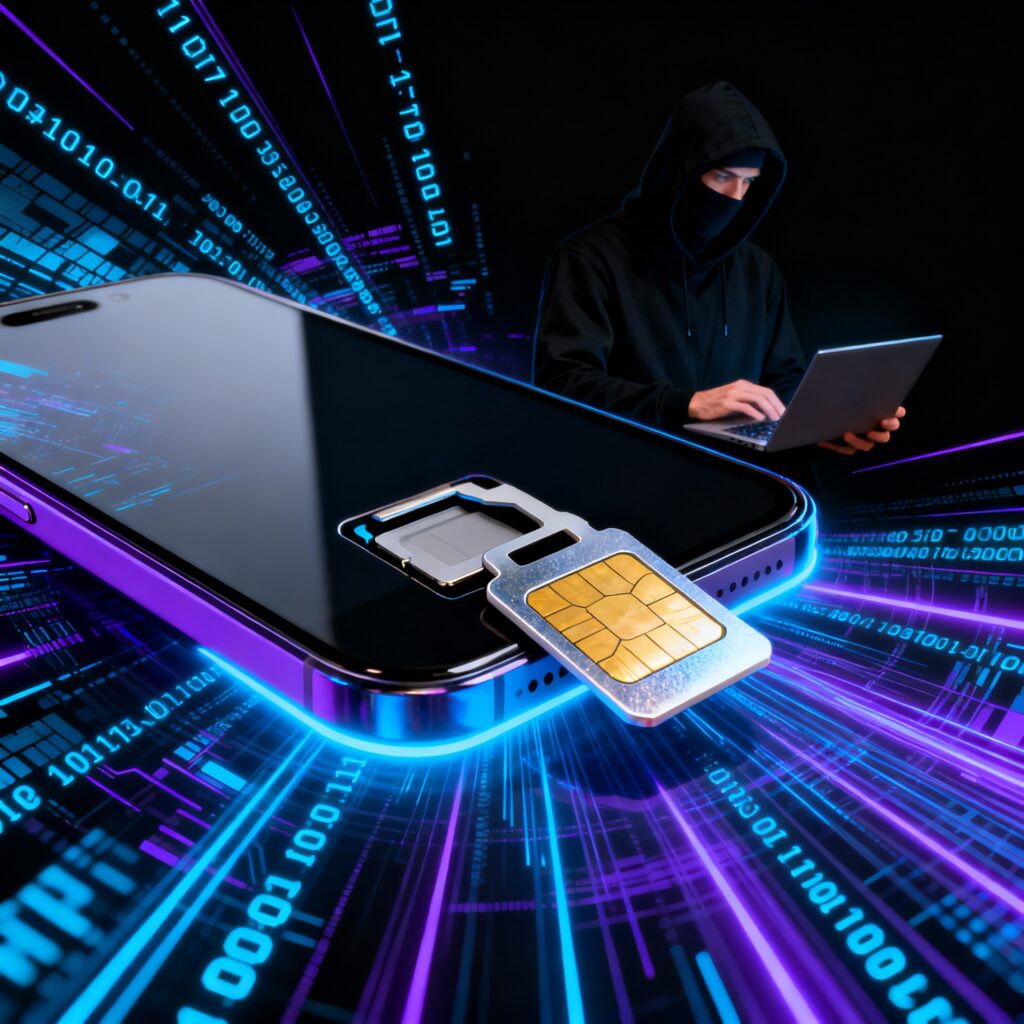
For many years, OTP has been the main security tool for online payments. But now, the risks are increasing:
- SIM Swap Frauds: Fraudsters take over your mobile number and receive your OTPs.
- Phishing & OTP Theft: Fake websites and messages can steal your details and OTPs.
- OTP Delay: Sometimes, due to network issues, OTPs don’t arrive on time.
- Rising Digital Frauds: With growing UPI and online transactions, frauds are also increasing.
- Global Best Practices: Other countries already use tokens and biometrics beyond OTPs.
The RBI’s New Two-Factor Authentication Rules (RBI के नए टू-फैक्टर ऑथेंटिकेशन नियम)
अब हर डिजिटल पेमेंट के लिए दो अलग-अलग सिक्योरिटी फैक्टर जरूरी होंगे। इनमें से एक फैक्टर हर ट्रांजैक्शन के लिए यूनिक और डायनेमिक होगा।
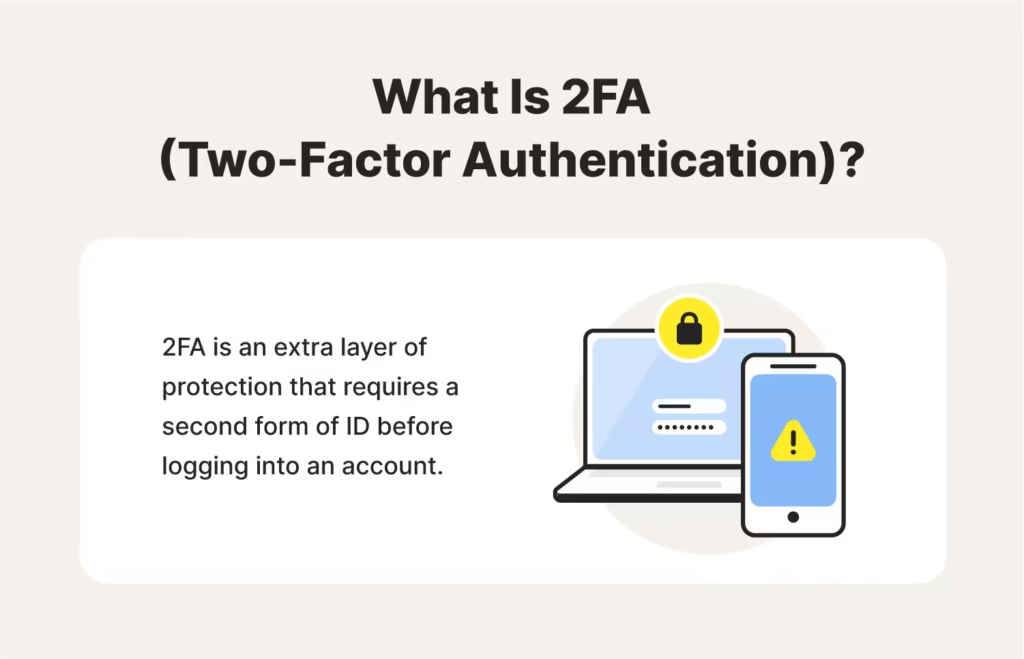
The RBI has introduced a new rule of two-factor authentication for digital payments. Now, every transaction must use two different authentication factors, one of which will be unique and dynamic for each payment.
What Are the New Authentication Factors? (नए ऑथेंटिकेशन फैक्टर क्या हैं?)
RBI ने इन्हें तीन कैटेगरी में बांटा है:
- कुछ जो आप जानते हैं (Something You Know):
पासवर्ड, PIN, सिक्योरिटी क्वेश्चन। - कुछ जो आपके पास है (Something You Have):
हार्डवेयर टोकन, मोबाइल ऐप टोकन, स्मार्ट कार्ड, डिवाइस क्रिप्टोग्राफिक की। - कुछ जो आप हैं (Something You Are):
फिंगरप्रिंट, फेस आईडी, आईरिस स्कैन।
The RBI has categorized authentication factors into three groups:
- Something You Know: Password, PIN, or security question.
- Something You Have: Hardware token, app-generated token, smart card, device-based cryptographic key.
- Something You Are: Biometric authentication like fingerprint, face ID, or iris scan.
How Banks Will Use These Factors (बैंक इन्हें कैसे लागू करेंगे?)
बैंक अलग-अलग फैक्टर मिलाकर पेमेंट्स को सुरक्षित करेंगे।
- पासवर्ड + फिंगरप्रिंट
- ऐप PIN + ऐप टोकन
- लोकेशन और डिवाइस हिस्ट्री के आधार पर सिक्योरिटी लेवल बदलेगा।
Banks will combine these factors to secure payments.
- Password + Fingerprint
- App PIN + App Token
- Security level will also vary depending on device history, location, or transaction size.
Special Rules for International Transactions (इंटरनेशनल ट्रांजैक्शन्स के लिए खास नियम)
- वन-टाइम विदेशी पेमेंट्स: OTP के अलावा एक और फैक्टर जरूरी होगा (लागू होगा 1 अक्टूबर 2026 से)।
- Recurring Payments (जैसे Netflix subscription): रिस्क-बेस्ड सिक्योरिटी लागू होगी।
Special rules apply to international transactions:
- One-Time Foreign Payments: An additional authentication factor will be required along with OTP (effective October 1, 2026).
- Recurring Payments (like Netflix subscriptions): Risk-based security will apply.
Who Is Responsible for Fraud?(धोखाधड़ी की जिम्मेदारी किसकी होगी?)
अगर किसी फ्रॉड में बैंक ने नए नियमों का पालन नहीं किया तो जिम्मेदारी बैंक की होगी, ग्राहक की नहीं।
If fraud occurs and the bank fails to follow the new framework, the bank will be held responsible, not the customer.
Key Features and Exemptions(मुख्य फीचर्स और छूट)
- छोटे पेमेंट्स (₹20-₹50) में दोहरी वेरिफिकेशन जरूरी नहीं।
- ऑफलाइन और कॉन्टैक्टलेस पेमेंट्स को कुछ छूट मिलेगी।
- SMS OTP बंद नहीं होगा, बल्कि अन्य ऑप्शन भी उपलब्ध होंगे।
Key features and exemptions include:
- Small payments (₹20-₹50) may not require full two-factor authentication.
- Offline and contactless payments will get some exemptions.
- SMS OTP will not be banned but additional options will be available.
What These Changes Mean for You(उपभोक्ताओं और बैंकों पर असर)
- उपभोक्ता (Consumers): ज्यादा सिक्योरिटी, ज्यादा भरोसा, छोटे पेमेंट्स में आसानी।
- बैंक (Banks): टेक्नोलॉजी अपग्रेड, ज्यादा खर्च और कड़ा पालन।
- भारत का पेमेंट सिस्टम: ग्लोबल स्टैंडर्ड से मेल, ज्यादा ट्रस्ट और इनोवेशन।
Impact on different groups:
- Consumers: Stronger security, more trust, and convenience for small payments.
- Banks: Tech upgrades, higher costs, and stricter compliance.
- India’s Payment System: Better global alignment, more trust, and innovation.
Digital Payment Rules in India 2026 – Conclusion
RBI का यह कदम डिजिटल पेमेंट्स को और सुरक्षित बनाने के लिए है। अब सिर्फ SMS OTP पर निर्भरता खत्म होगी और बायोमेट्रिक्स, ऐप टोकन जैसे विकल्प भी उपलब्ध होंगे। इससे भारत की डिजिटल पेमेंट सिस्टम दुनिया में और मजबूत और भरोसेमंद बनेगी।
The RBI new rules aim to make digital payments more secure. Dependence on SMS OTPs will reduce, while options like biometrics and app tokens will provide better safety. This will strengthen India’s digital payment system and align it with global best practices.

